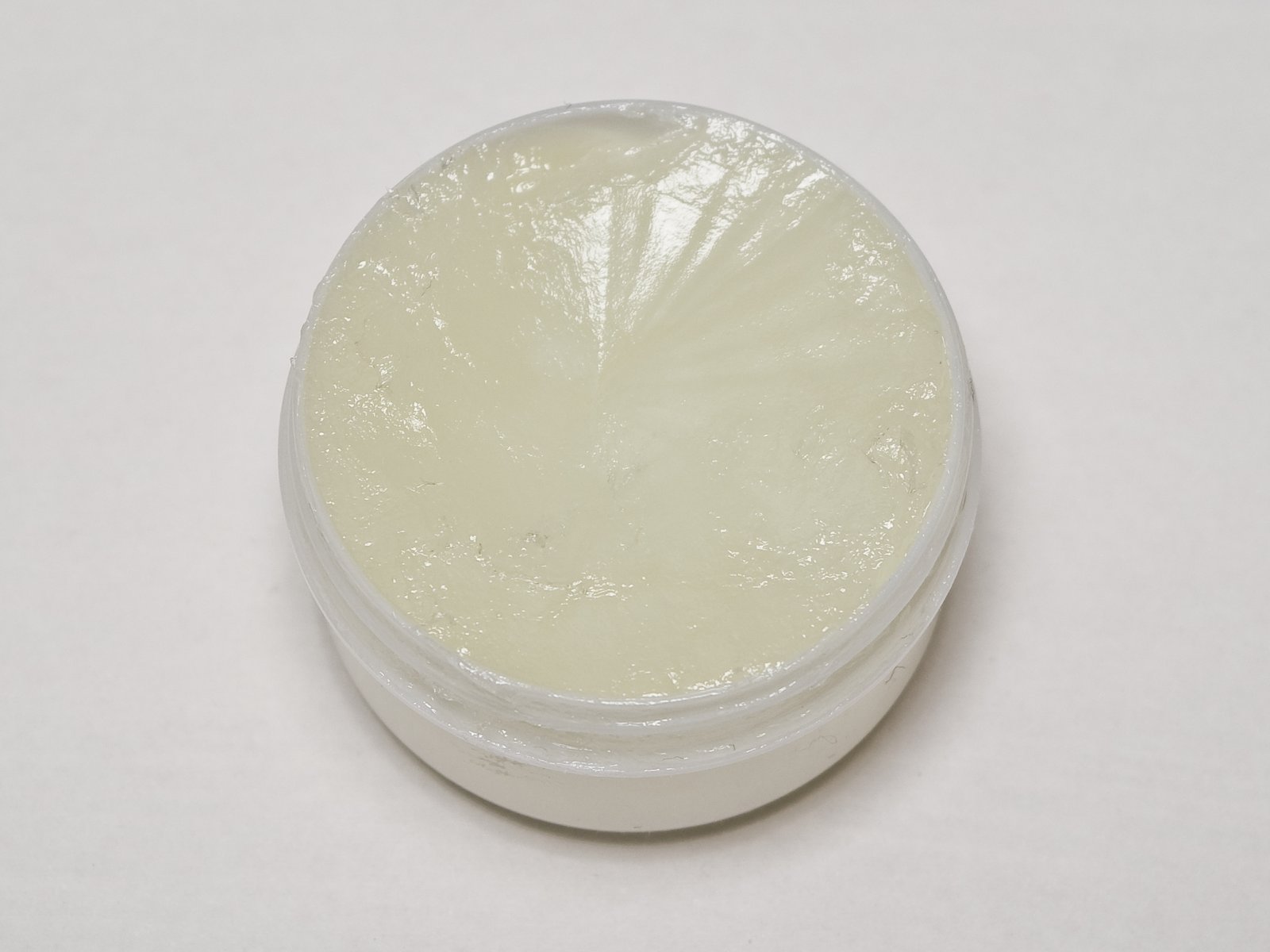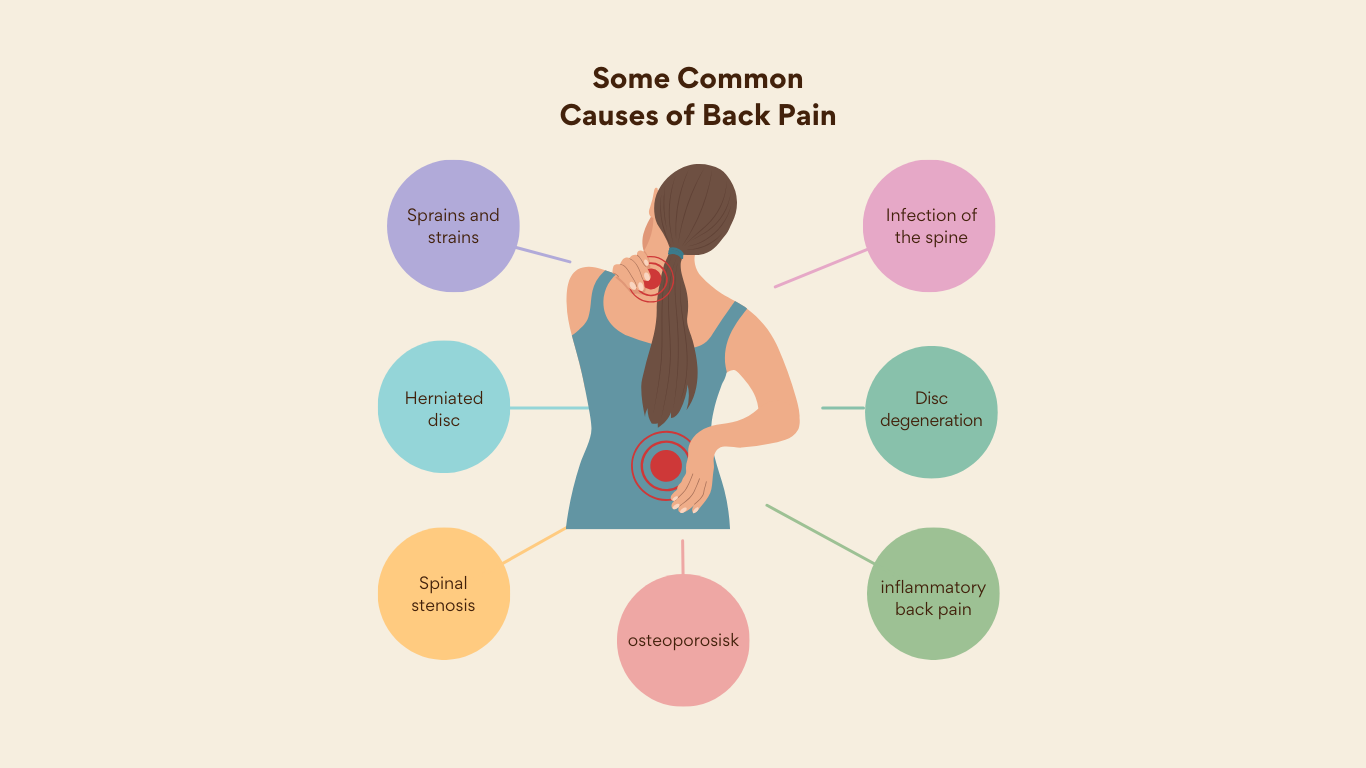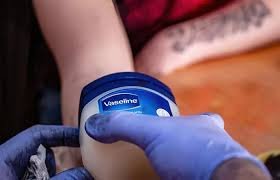Petrolatum (better known as petroleum jelly) is derived from petroleum and often used in personal care products as a moisturizing agent – when properly refined, it has no known health concerns. However, here’s the catch: in the US, it’s often not fully refined, which means it can be contaminated with toxic chemicals called polycyclic aromatic hydrocarbons (PAHs). As a cosmetic chemist, I’ve seen how these potentially harmful compounds slip through when manufacturers cut corners, turning a simple jelly into something more concerning than caring.
WHAT IS PETROLATUM?
Petrolatum, better known as Petroleum Jelly, is a byproduct of petroleum refining that’s become a popular ingredient in countless skincare products and cosmetics. What makes it so special? Its melting point near body temperature allows it to soften upon application, creating an effective, water-repellant film over the applied area. This barrier locks in your skin’s natural moisture while blocking foreign particles and microorganisms that might cause infection – all while being odorless, colorless, and having an inherently long shelf life.
However, not all Petrolatum is created equal. When properly refined (like White Petrolatum), it’s generally considered safe for use with no known health concerns. But here’s the catch: with an incomplete refining history, it can become contaminated with dangerous byproducts called polycyclic aromatic hydrocarbons (PAHs) – toxic chemicals formed during organic material combustion. These lipophilic compounds love to store themselves in fats upon exposure, and there’s no way to confirm their absence unless a complete refining history is provided.
You’ll find petrolatum hiding in many lotions and beauty products under various names on the label: Paraffin Oil, Mineral Oil, or simply Petroleum Jelly. While its qualities make it incredibly effective, I always recommend checking for pharmaceutical-grade White Petrolatum to ensure you’re getting the refined, pure version without unwanted contaminants.
Health Concerns
The primary worry around petrolatum is its potential contamination with PAHs (polycyclic aromatic hydrocarbons), which are linked to cancer. The National Toxicology Program (NTP) considers some PAHs as “reasonably anticipated carcinogens,” while the International Agency for Research on Cancer (IARC) lists 14 as probable or possible carcinogens, with at least one being a known carcinogen. A study from Long Island, NY, revealed that women with high levels of PAH-DNA adducts—a formation marking exposure—had a 50 percent greater risk of breast cancer. While not all petrolatum products contain harmful levels, choosing highly refined versions minimizes this concern.
Regulations
The EU mandates strict rules for petrolatum in cosmetic use, requiring its full refining history to be known and proven non-carcinogenic—especially due to PAH contamination concerns. In contrast, the US has no such requirements, allowing personal care products with higher PAH content unless refined properly. The National Toxicology Program (NTP) and International Agency for Research on Cancer (IARC) classify some PAHs as “reasonably anticipated carcinogens”—with 14 labeled probable or possible, and at least one a known carcinogen. A study from Long Island, NY, found women with high levels of PAH-DNA adducts (an exposure indicator) had a 50 percent greater risk of breast cancer. While not all petrolatum carries this risk, proper refinement is key to minimizing potential harm.
How to Avoid?
Always check products containing petrolatum—only buy if the company clearly indicates it’s fully refined into white petrolatum on either the label or their website.




